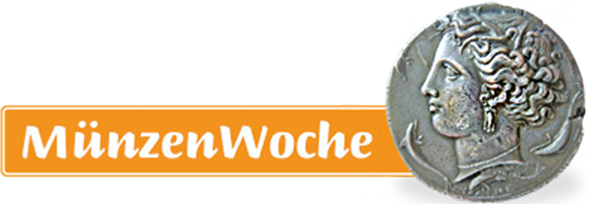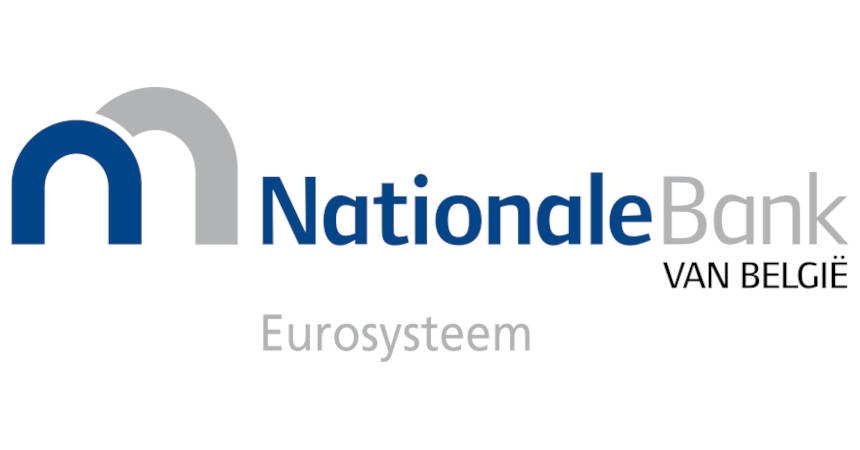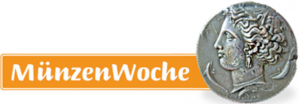Museum of the National Bank of Belgium
Wenn es kein Logo gibt, wird diese Spalte einfach leer gelassen. Das Bild oben bitte löschen.
(Dieser Text wird nicht dargestellt.)
Rue du Bois sauvage 10 (Wildewoudstraat10)
1000 Brussels
Tel: +32 (0)2 221 22 06
The Museum of the National Bank of Belgium is located on a small street across from the well-known Cathedral of Saints Michael and Gudula. It is the Museum of Belgium’s central bank and the exhibits are distributed over 15 rooms, focusing on four main themes: the history of means of payment and the Bank’s own background, its tasks and activities, the role of the currency in the economy and finally, money as a cultural phenomenon.
The majority of the displays are in French only, and to a lesser extent, a few are bilingual: French and Flemish. At the entrance to each room, the text is in French, Flemish, and English.
The first three rooms comprise the former office of the governor, the Board room, and the room in which the annual General meeting of shareholders used to be held. These offices were in use until 1953 and are now open to the public.
Money in All Its Forms
In the largest of the exhibit rooms (Room 4), are displays of various forms of money used as means of exchange, as money did not always exist in its present form. Examples follow the evolution of money from its origins to the present day.
Pre-coinage commodities used for barter exchange such as teeth, ivory, and bracelets are on display, followed by the first known coins of Lydia and the Classical and Hellenistic periods of Greece. Other areas of coins on display include Celtic (150-50 BC), Roman Republic and Empire, 14th- and 15th-century Middle Ages, 17th- and 18th-centuries, Spanish coins in America, and Belgian coins from 1830 to 2001.
There are multiple displays of banknotes. Two have themes from World Wars I and II, with the latter including notes from Ravensbrück and Theresienstadt Nazi concentration camps, a Japanese East Indian occupation note, and a £20-Operation Bernhard forgery. Banknotes about wars and revolutions from the 16th-20th centuries feature a pair of U.S. 1864 Confederate notes, and high denomination inflation notes issued during the 18th-20th centuries. Also included are a series of Belgian notes from 1830 to 2002, notes from its previous Belgian Congo from 1885 and the independent country up to 1971, and one high-denomination note from each country prior to their entry in the euro area (i.e., euro zone).
Banknotes and Their Secrets
The various stages in the production of the banknote and the different security features incorporated into it is the theme of Room 6. All the euro banknotes are produced by 14 printing processes, under the control of the National Bank of Belgium. In order to fulfill its role properly, the banknote must be easily identifiable by the user, resistant to handling and safe against forgery attempts.
The Role of the Central Bank
Several rooms explain the National Bank of Belgium’s role as the nation’s central bank. Be it the guardian of the currency to keep prices stable, it also controls monetary policy by adjusting the interest rate on very short-term loans. Exhibits explain how the central bank influences the rates charged by the commercial banks and how it will raise or lower its rates in response to the threats of inflation or deflation.
This text was written by Howard M. Berlin and first published in his book Numismatourist in 2014.
You can order his numismatic guidebook at Amazon.
Howard M. Berlin has his own website.











